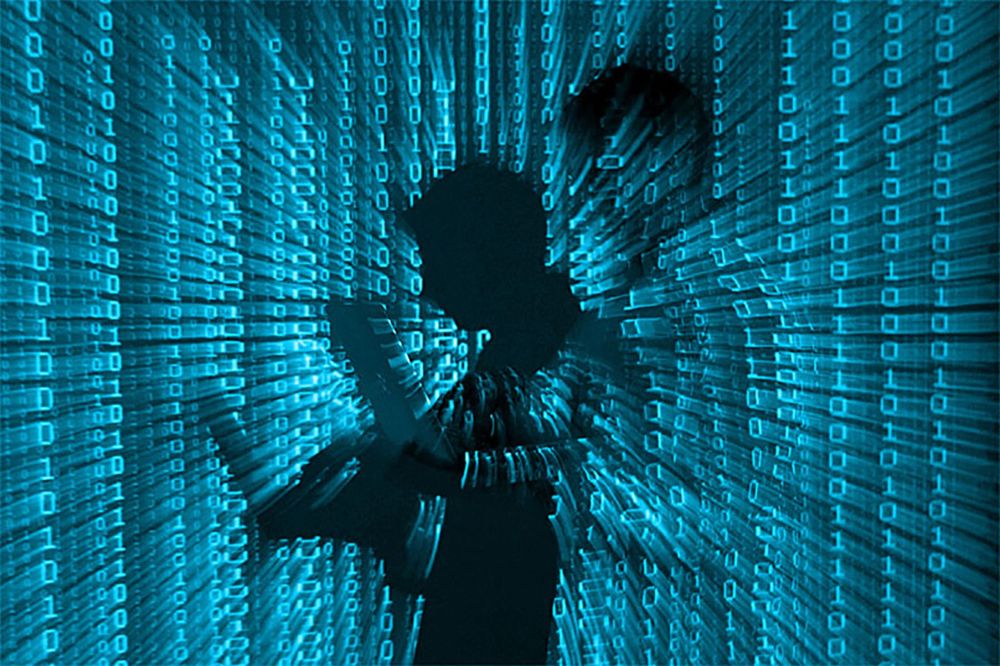Scalping Futures
Scalping futures is a trading strategy aimed at making a profit from a slight change in the price of the stock. Traders who enforce this technique put anywhere from 10 to a few hundred trades in a typical day, assuming that minor fluctuations in stock markets are more accessible to capture than big ones; traders who implement this strategy are identified as scalpers.
Many small earnings can easily extend to significant gains if a strict alternative plan is used to avoid massive losses. Scalping depends on scientific data and technical analysis, such as candlestick graphs. In this article, we take a look behind the curtain to explore the exciting world of futures trading.
Scalping futures Basics
Scalping futures uses more full position dimensions for smaller market gains over the lowest holding time. It is carried out on an intraday basis. The key goal is to buy or sell several shares at the bid or ask price, and then quickly sell them a few cents higher or lower for gain. Holding time may change from second to minute, and in some scenarios, up to a few hours.
Scalping futures features
Scalping futures is a fast-moving business for flexible traders. This involves precise timing and implementation. Scalpers use day trading purchasing power of four to one margin to expand earnings from the most stocks with the shortest period of holding time. This includes a focus on smaller time frame variable graphs, such as one minute and five-minute candlestick indicators charts. Momentum indices such as stochastic, moving average convergence divergence (MACD), and relative strength index (RSI) are widely used.
This trading allows equity account to be higher than a minimum of $25,000 to prevent a violation of the pattern day trader law. Margin is necessary to carry out short-sale transactions. Scalpers purchase low and sell high, buy high and trade higher, or short high and cover lower. This trading strategy is focused solely on technical analysis and short-term price movements. Due to the widespread use of purchase, it is considered a high-risk trading form. Some of the significant mistakes that scalpers make are poor performance, inadequate management, non-stop loss, over-leveraging, late approaches, late departures, and over-trading. Due to a large number of exchanges, it creates high commissions.
Trading Futures
The futures contract is an agreement engaged between two parties. One party agrees to purchase, and the other party consents to sell the corresponding asset at the agreed price at a specified date in the future. Therefore, the seller is obligated to send the commodity to the buyer on the date of settlement. The asset value of a futures contract may be either a commodity or a financial tool, such as a bond. The futures market can be utilized by many types of financial actors, like investors and speculators, as well as by businesses who want to get the natural delivery of the assets or provide it.
Commodities Futures
Commodity markets are playing a considerable role in this new trading economy. For example, you may exchange individual properties, shares, or even bitcoin options. Some traders like trading futures because they can take a significant position (price invested) while putting up a relatively large amount of money.
Most investors think about buying an asset, predicting that its price can increase next year. But short-selling investors always do the contrary. They borrow money, assuming the asset’s price can drop so that they can buy at a lower price later.

Trading Risks
Many stockholders get a large amount of cash to enter the futures market because it is the only way to build relatively small price fluctuations and eventually generate profits that support the effort and good results. But borrowing money also considerably enhances the risk: if businesses go against you, and do so more significantly than you anticipate, you could end up losing more than you have invested.
How to Trade Futures
It is incredibly simple to get future trading started. Open an account with a financial adviser that understands the markets you’d like to trade. Agents are likely to inquire about your investment background, salary, and net worth. These questions are meant to decide the amount of risk that the broker would allow you to take on, in terms of margin and position.
Before you invest real dollars in your first deal, you can practice trading with paper money. If you plan to start next year, it would be best to spend some months trading on a virtual account until you have got the hang of it. Even successful investors also use a virtual trading account to assess a new approach.
Bond Futures
Bond futures are contractual settlements where the property to be issued is a government or a treasury bond. Bond futures are regulated by futures trades and are perceived to be one of the most liquid financial assets. The liquid market ensures that there are many potential buyers, facilitating the free flow of trade without interruption. The bond futures contract is applied for hedging, speculating, or arbitrage reasons. Hedging is a type of investment in commodities that protect stocks. Speculating is trading in goods with a high-risk, high-reward rating. Arbitrage can happen when there is a price imbalance, and traders are trying to make a profit through the simultaneous purchase and sale of securities. Additionally, the bond futures contract operates on a futures exchange market and is purchased and sold by a brokerage business that provides futures trading.
Want to know more about us? Read all about the science of fractalerts.
-

Consistency Isn’t the Goal—It’s the Outcome
-

What 2 Quadrillion Data Points Told Us
-

Math and Physics-Based Trading in Any Market Condition
-

Do not worry about anomalies
-

Consistency should not be the goal. Consistency should be the result.
-

Stop canceling fridays
-

The Elliott Wave Forecast is Subjective, Bias Driven And Backwards looking
-

Finding patterns in market data
-

Taking profits through the trade timeline
-

What is your win ratio and you really want to know?

